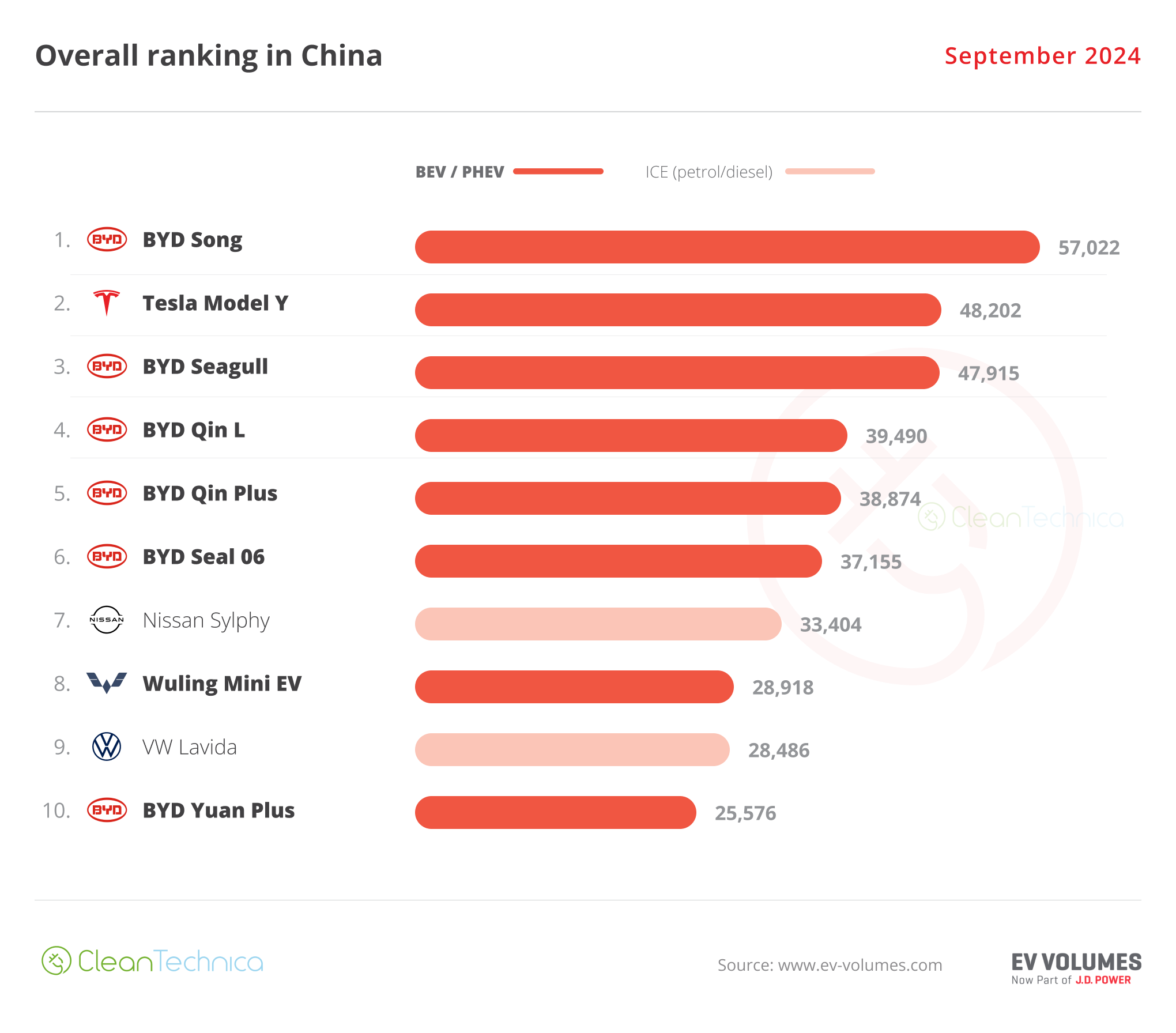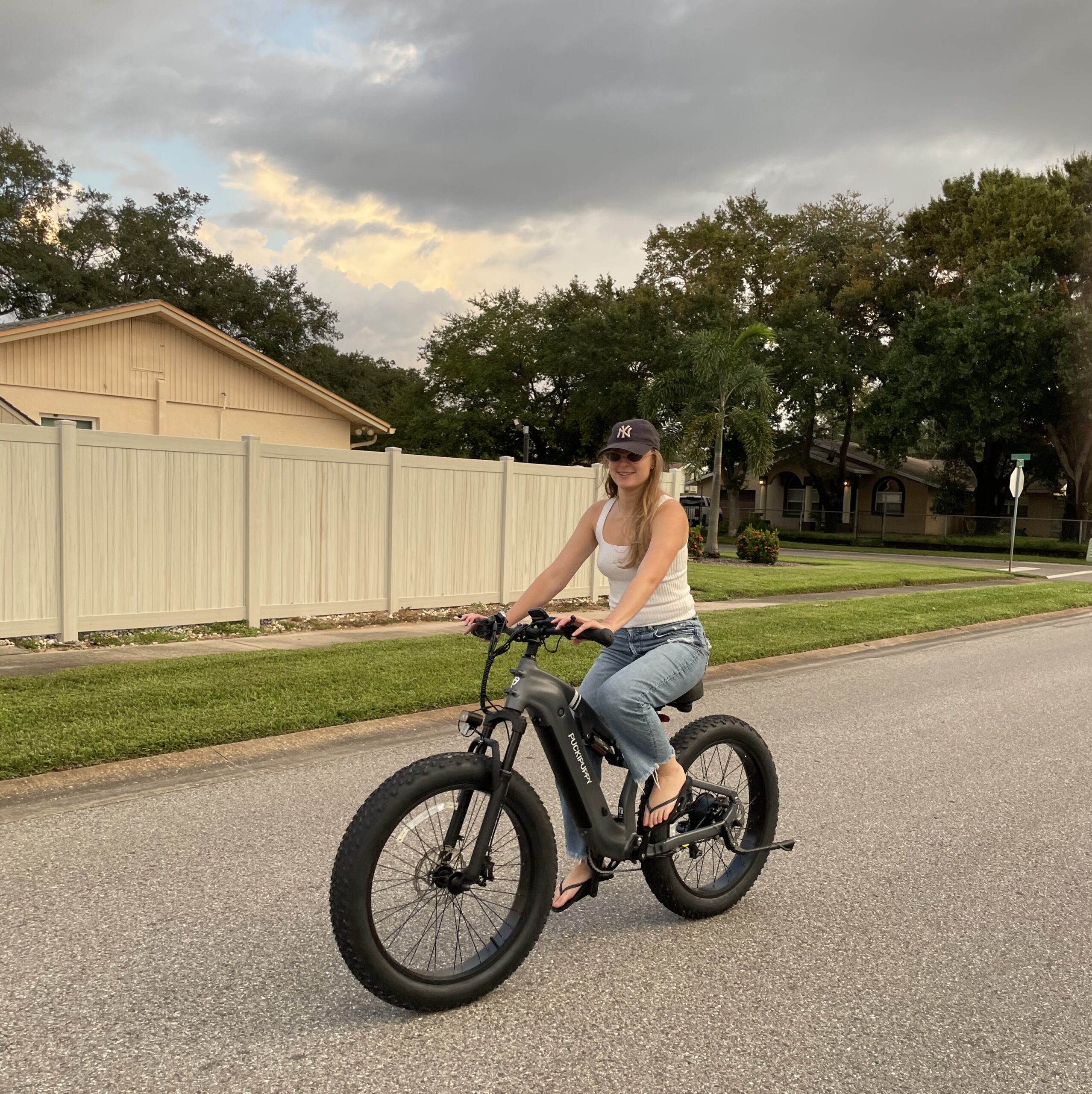Sign up for daily news updates from CleanTechnica on email. Or follow us on Google News!
Some game-changing news about the state of EV battery technology dropped into the media doldrums like a wet balloon last week, sunk by the approach of the holiday weekend, a fresh serving of weirdness from the campaign of former President Donald J. Trump, and more of the same from Tesla CEO Elon Musk. Nevertheless, whether anybody notices it or not, a big EV battery makeover is beginning to take shape.
Game-Changing Discovery Upends EV Battery Wisdom
The EV battery news comes from a research team based at the SLAC-Stanford Battery Center at Stanford University in California, headed up by Professor Will Chueh. The project was a collaborative effort in partnership with the Toyota Research Institute MIT, and the University of Washington.
The team took aim at the common wisdom for battery manufacturing, which holds that factories should hold a newly made lithium-ion battery for an initial charge lasting 10 hours at low current before setting it loose.
The 10-hour initial charge is costly and time-consuming, but the purpose is — or was — to reduce the loss of lithium up front, thereby increasing the lifespan of the battery.
Not so, the researchers discovered. They flipped the script and purposefully charged pouch-type EV batteries on a high current for just 20 minutes. They lost quite a bit of lithium at the outset, but they gained an average improvement of 50% in EV battery lifespan.
Wait, What?
If you’re interested in the all the details, look up the study under the title, “Data-driven analysis of battery formation reveals the role of electrode utilization in extending cycle life,” published in the journal Joule on August 29.
The short version is that the low-current strategy was widely adopted under the assumption that minimizing lithium loss at the outset is the best way to extend battery life. The long initial charge enables a semi-solid layer to build up around the negative electrode, protecting it from side reactions that eat away at the remaining lithium with every subsequent charging cycle.
This layer, called SEI (solid electrolyte interphase), is described as “squishy,” which sounds a bit silly. However, it is not silly. Fine tuning the SEI is essential as the final, formative stage of battery manufacturing.
“Formation is the final step in the manufacturing process, so if it fails, all the value and effort invested in the battery up to that point are wasted,” explained lead researcher Xiao Cui in a press statement.
The SLAC team built on previous research indicating that slow charging might not be the best way to optimize the SEI. Their fast-charging method did result in a significantly higher loss of lithium, roughly 30% compared 9% under a slow charging process, and yet the result was the reported average increase of 50% in lifespan.
That’s just the average. The team tested 186 lithium-ion batteries and recorded lifespan improvements of up to 70%.
That seems to defy common sense but common sense is not the issue, and the science is sound. The new study offers an efficient alternative to temperature-based approaches for optimizing the SEI. “Unlike elevated formation temperature, which boosts battery performance by forming a robust SEI, the cycle life improvement for fast-formed cells arises from a shifted electrode-specific utilization after formation,” the team explains.
Another way of putting it is to envision a bucket filled to the brim with water. You can’t carry it for more than a few steps before it starts spilling out uncontrollably. However, if you deliberately spill some out before you start walking, the remaining water has room to slosh around without escaping. “In similar fashion, deactivating more lithium ions during SEI formation frees up headspace in the positive electrode and allows the electrode to cycle in a more efficient way,” the SLAC communications office explains.
A Longer Lasting EV Battery And A New Model For EV Ownership
The prospect of significantly extending the lifespan of an EV battery comes at an interesting time for EV manufacturers, some of whom are still trying to sort out how to attract a fresh wave of EV buyers.
Longer-lasting batteries could help attract new EV buyers by ensuring that their investment in mobile energy storage technology will be good for as long as they own their car. That’s important when car owners tend to keep their cars for longer periods. The current average is 12.5 years, though industry observers expect the timeline to shorten in the absence of Covid-related supply chain disruptions.
An even stronger attraction could result when longer-lasting batteries are paired with battery swapping technology. That would help establish a new model for EV ownership, in which drivers own or lease a battery that can be swapped in and out of different cars as their transportation needs (or desires) change over time.
That’s a sharp contrast with the current ownership model. Traditionally, car buyers trade in an entire vehicle when its repair bills outstrip its usefulness, when their needs change, or when they simply want something new to drive around in.
Why should the EV market continue along the same model of ownership established by internal combustion vehicles? Nobody holds onto the same old engine when they get a new car, but the calculation is different for an EV battery with many years of high-performance life ahead of it. Under a battery-swapping model, drivers can carry their investment in battery technology on through a whole series of cars.
If you have any thoughts about that, drop a note in the comment thread. Meanwhile, EV battery swapping stakeholders are already shepherding a new EV ownership model into the automotive market.
So far, much of the activity has focused on grab-and-go battery swapping stations for electric scooters and other two-wheelers. Last year the US firm Ample established a partnership with Stellantis with plans to introduce battery swapping to the Stellantis Free2move car sharing service in Spain, beginning with 100 Fiat 500e electric cars. The project is supposed to launch sometime this year so keep an eye out for that.
Another firm to watch is the Chinese startup U Power, which has introduced a modular, robot-enabled swapping service capable of switching batteries in both two-wheelers and four-wheelers.
Follow me via LinkTree, or @tinamcasey on Threads, LinkedIn, and Instagram.
Image (cropped): Researchers discover one weird trick at the end of the EV battery manufacturing process that saves time and money while extending battery life by an average of 50% (Greg Stewart/SLAC National Accelerator Laboratory).
Have a tip for CleanTechnica? Want to advertise? Want to suggest a guest for our CleanTech Talk podcast? Contact us here.
Latest CleanTechnica.TV Videos
CleanTechnica uses affiliate links. See our policy here.
CleanTechnica’s Comment Policy



.jpg)

